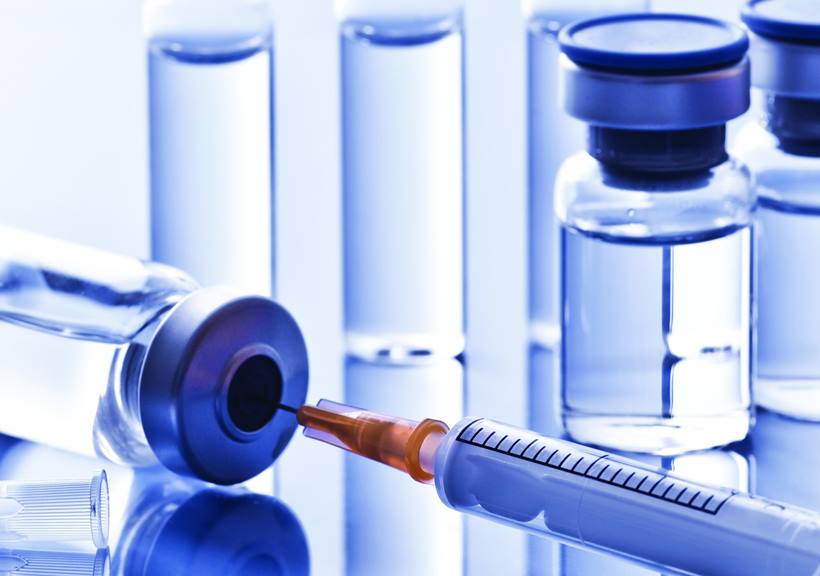Fri 06 March 2020:
There may be a heated race to find a cure for the novel coronavirus, but the world actually has a bigger health problem: low immunization rates. One of the worst rates for vaccination is the seasonal flu. Yes, regular old flu still kills more people than the Wuhan coronavirus – 640,000 vs. 3,200 due to poor herd immunity. COVID-19 does have a higher fatality rate and is more contagious, but that’s another issue to be discussed some other time.
Whether it is the rising anti-vaccination movement or logistical and economic challenges that prevent vaccines from reaching all corners of the world, the prevalence of once-eradicated diseases as well as annual influenza has been soaring across the globe. Just this year 32 million cases of flu have been confirmed in the United States, according to the Centers for Disease Control and Prevention.
But there is some good news amid all this negativity.
Scientists may have found a way to freeze-dry vaccines to make them easier to transport to hard-to-reach and impoverished places that may not have access to refrigeration. This will help in boosting immunization rates to stop deadly outbreaks, as well as help people with an irrational fear of needles.
Drawing inspiration from how the DNA of insects and other animals and organisms can be preserved in amber for hundreds of thousands of years, a group of scientists from the University of Texas came up with a paper-like, thin film akin to sheets of hard candy as a needle-free, shelf-stable alternative to deliver vaccines.
Thanks to freeze-drying technology, the researchers managed to create clear films that dissolve rapidly when placed under the tongue or high in the cheek. This alternative to traditional form of vaccine can be transported at room temperature.
The benefits of such a method are almost endless: it will make vaccines cheaper by lowering the cost of production and eliminating the need for constant refrigeration. It is easier to distribute thanks to its flat shape, produces less waste and makes vaccines more reliable as their potency mostly degrades over time and is affected directly by temperature changes.
But, of course, this won’t be applicable to all vaccines. For example, some vaccines need to be injected into muscle mass and need adjuvants, as is the case with the measles, mumps and rubella (MMR) vaccine.
The technology being used to produce these vaccines is not very different from the one being used in the industry. Techniques that remove moisture are already widely used in the pharmaceutical industry as well as the food sector.
However, this technology is immensely promising, as it has the potential to dramatically improve global access to vaccines, some types of insulin and other temperature-sensitive biological drugs such as humira, enbrel and remicade.
The research was published in the journal Science Advances on March 4.
Think your friends would be interested? Share this story!





